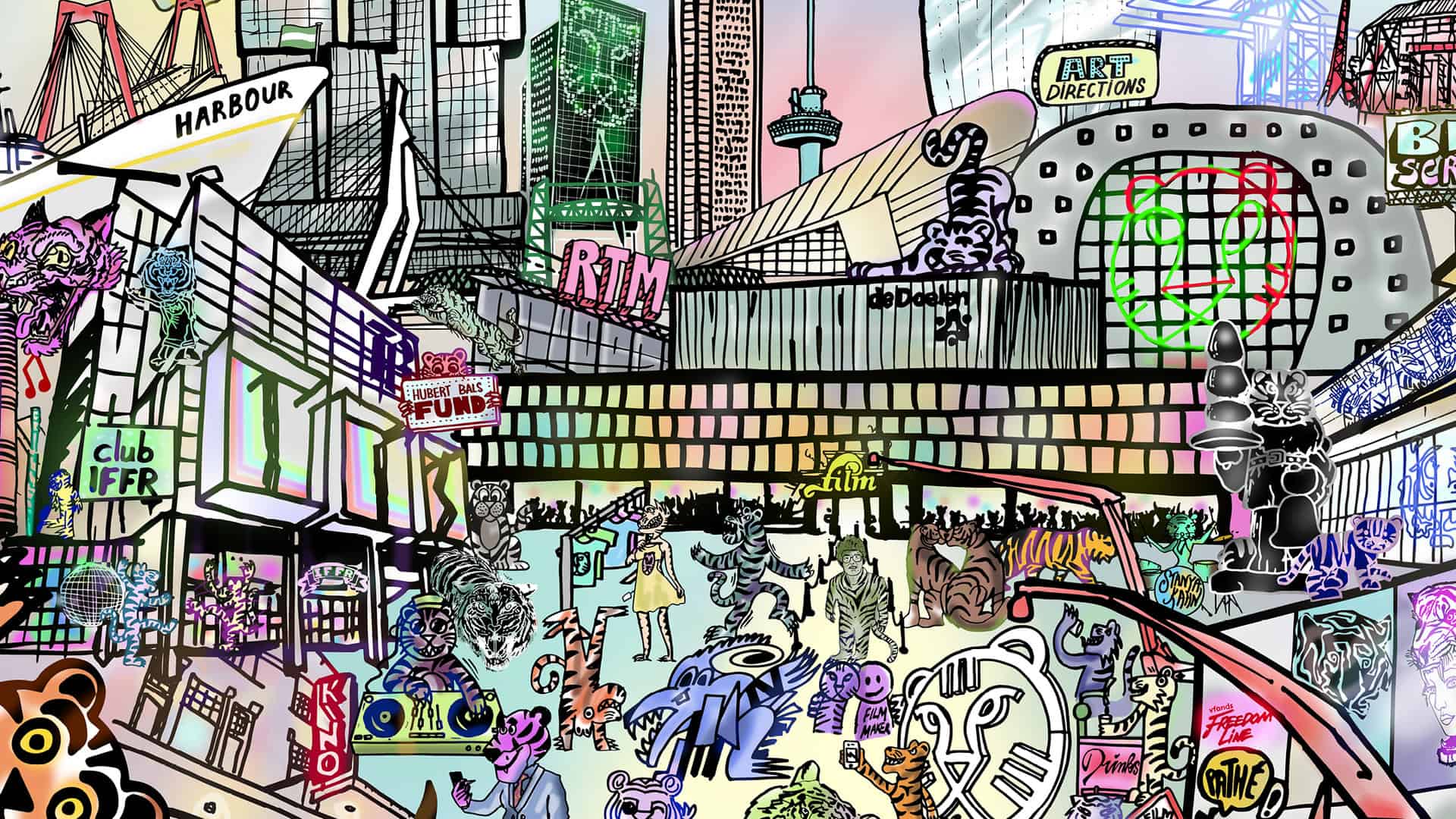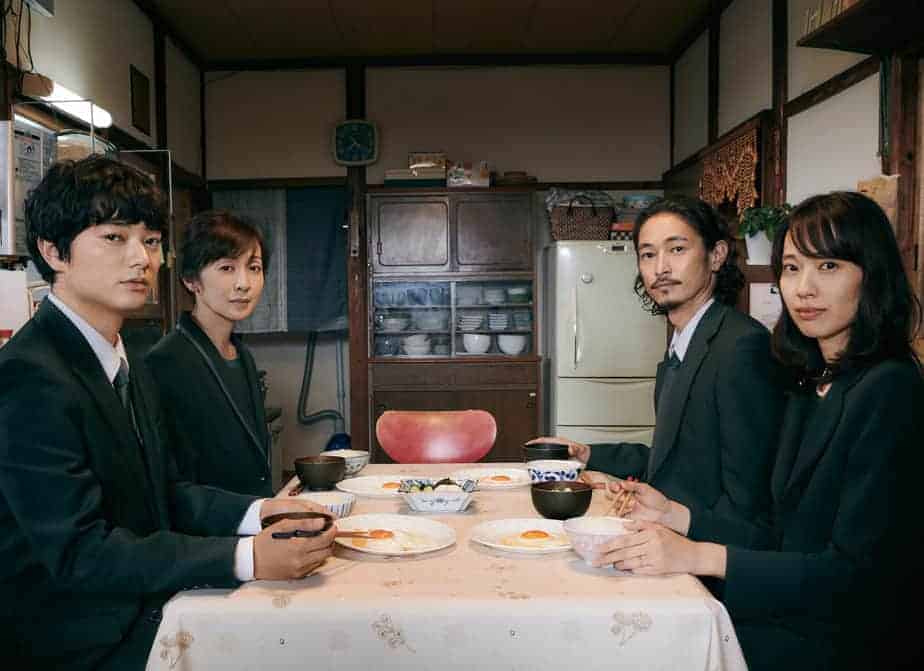Rajee SAMARASINGHE (1988, Sri Lanka) was born and raised amidst the decades-long civil war in Sri Lanka. He later left for the United States where he is now based. Much of his work examines sociopolitical conditions in Sri Lanka through the scope of deconstructing ethnographic practices and the colonial gaze in contemporary media. “Lotus Eyed-Girl” is an experimental short loosely based on the erotic poem “Caurapañcāśikā” by Bilhana, which was written in prison upon discovery of the poet's clandestine affair with Princess Yaminipurnatilaka. The verses were written while awaiting judgment, not knowing if he was to be executed or exiled.
“Lotus Eyed-Girl“ is screening at International Film Festival Rotterdam

Essentially a series of vignettes, the 6-minute dialogue-less short begins in black-and-white, with a girl lying on her side, with her mouth open. Something that looks like seeds come out of her mouth, along with saliva. The next sequence comprises of a rapid succession of images of hands working on a machine, in a badly lighted room. As the frame opens, it is revealed that it is a sewing machine. The sea along with the intense sound of the wave and the girl's mouth once more follow, in color this time, with different seeds and more saliva. A long shot of green fields below the mountains, a photo of a funeral with a lot of people over a dead body, and the view from a window come next. Sketches on the screen and the word bioscope come next, with the reference of the instrument essentially explaining the visual approach here. Kaleidoscopic images, sounds of tribal singing, a motorcycle moving on a road towards the camera, a close up to leaves, and the recurring sequences of the woman's mouth conclude the movie.
More of a video installation than a movie, “Lotus Eyed-Girl”, through its variety of images and sequences seems to focus on desire and sensualism, through the woman's mouth, class, through the sequence with the sewing machine, and death, through the photograph of the funeral. These, however, are all presented in abstract fashion, and some explanation beforehand is necessary in order for someone to understand the film.
At the same time, however, the succession of images is quite pleasant to the eye, as is the case with the use of sound, to the point that “Lotus-Eyed Girl” is one of those movies that one does not need to fully understand in order to enjoy, and that is where its true value lies.















